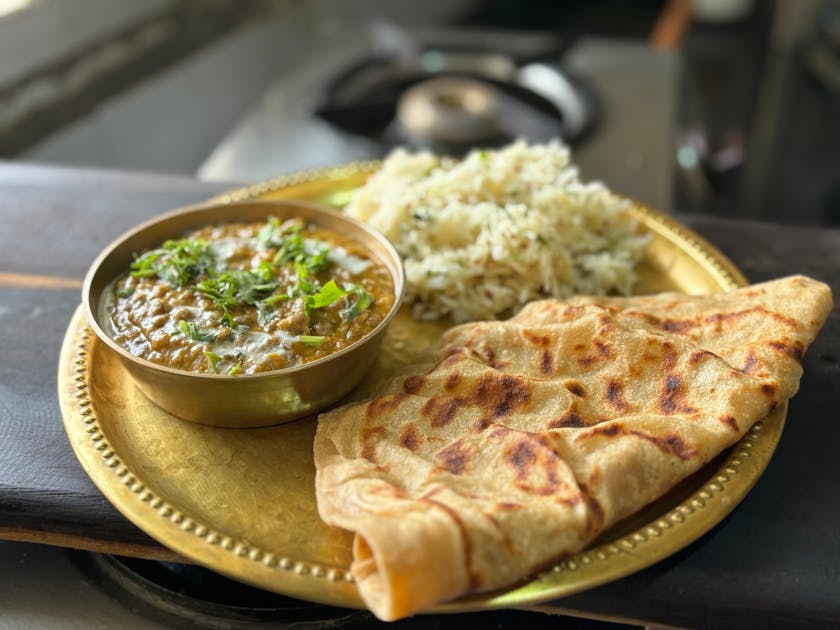If you’re looking to simplify your life and diet with vegetarian schedules, you’re on the right track. Once-a-month cooking is not only a time-saver but also a way to stay committed to a healthy, plant-based lifestyle. Let’s dive into how you can master the art of monthly vegetarian meal planning.
Getting Started with Your Vegetarian Monthly Cooking Plan
Embarking on a once-a-month cooking journey begins with a solid plan. The first step is to choose a variety of vegetarian recipes that you and your family love. Diversity is key to keeping your meals exciting and nutritionally balanced. Look for recipes that freeze well, such as soups, stews, casseroles, and sauces.
Creating a Diverse Menu
When crafting your menu, consider different protein sources like beans, lentils, tofu, and tempeh to keep things interesting. It’s important to include a mix of flavors and cuisines to prevent meal fatigue. Once you have a list of recipes, multiply the ingredients by the number of times you plan to eat each dish within the month.
Shopping and Preparing for Your Cook Day
Gather your recipes and make a comprehensive shopping list. Buying in bulk can save money and reduce packaging waste. Before your cooking day, ensure you have enough storage containers and freezer space. Labeling containers with the dish name and date will help you keep track of your inventory.
Organizing Your Cooking Process
Efficiency is the key on your cooking day. Start by washing and chopping all your vegetables. Group recipes by similar ingredients or cooking methods to streamline the process. Don’t forget to clean as you go to avoid a daunting mess at the end of the day.
Storing and Reheating Your Vegetarian Meals
Allow cooked food to cool completely before freezing to prevent ice crystals and freezer burn. When it’s time to eat, reheating is simple. Most frozen meals can be thawed in the refrigerator overnight or reheated directly from frozen, making your once-a-month cooking effort truly worth it.
Adapting Recipes for Vegetarian Schedules
Not all recipes are designed for freezing, but with a few tweaks, you can adapt most vegetarian dishes for your monthly cooking schedule. For example, if a recipe calls for fresh herbs, add them after reheating rather than before freezing to preserve their flavor.
Benefits of Once-a-Month Cooking for Vegetarians
Aside from saving time, once-a-month cooking reduces food waste, saves money, and helps you stick to a nutritious diet. With meals ready to go, you’re less likely to resort to takeout on busy days, ensuring that you maintain a healthy vegetarian lifestyle.
Ensuring Nutritional Balance
Plan your meals to include a variety of fruits, vegetables, whole grains, and protein sources. This ensures you get a wide range of vitamins, minerals, and other nutrients essential for a balanced vegetarian diet.
Remember, the key to successful vegetarian schedules is planning. Set aside time each month to plan, shop, and cook, and you’ll reap the benefits of a stress-free, healthy eating routine.



